
The immune system is a complex network of organs, cells and proteins that defends the body against infection, whilst protecting the body's own cells. The immune system keeps a record of every germ (microbe) it has ever defeated so it can recognize and destroy the microbe quickly if it enters the body again.
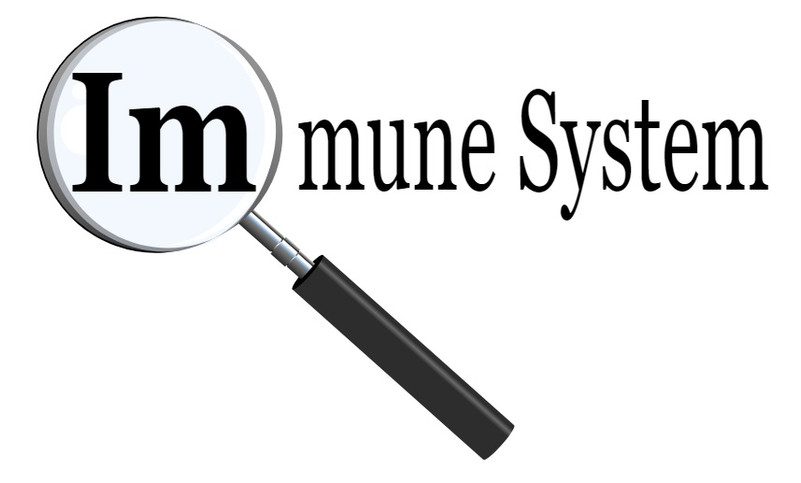
The role of DNA sensing by the innate immune system is supported by strong genetic evidence as the DNA sensors participate in the response to many pathogens, including bacteria, fungi, and viruses, and mediate their clearance.
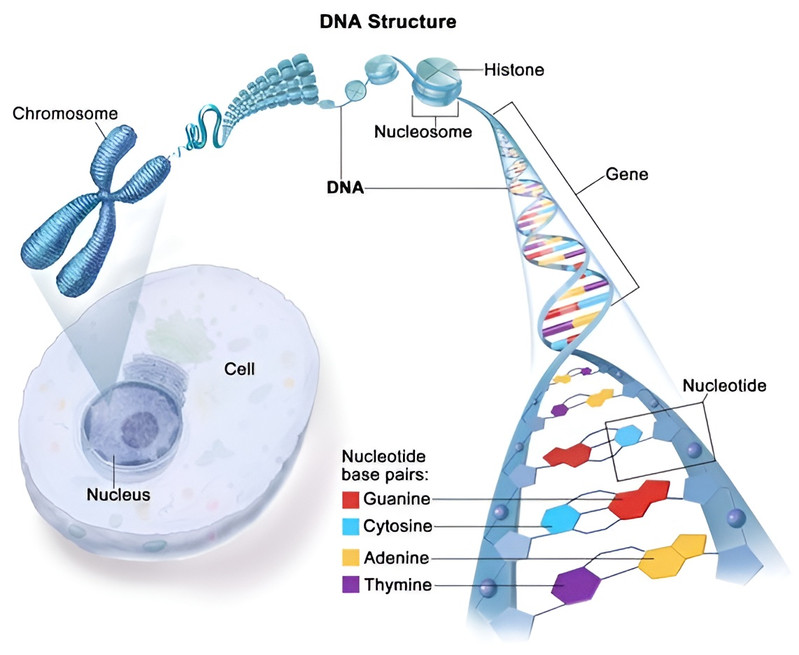
The most common cells of the immune system are T cells, B cells, NK cells and Antibodies.
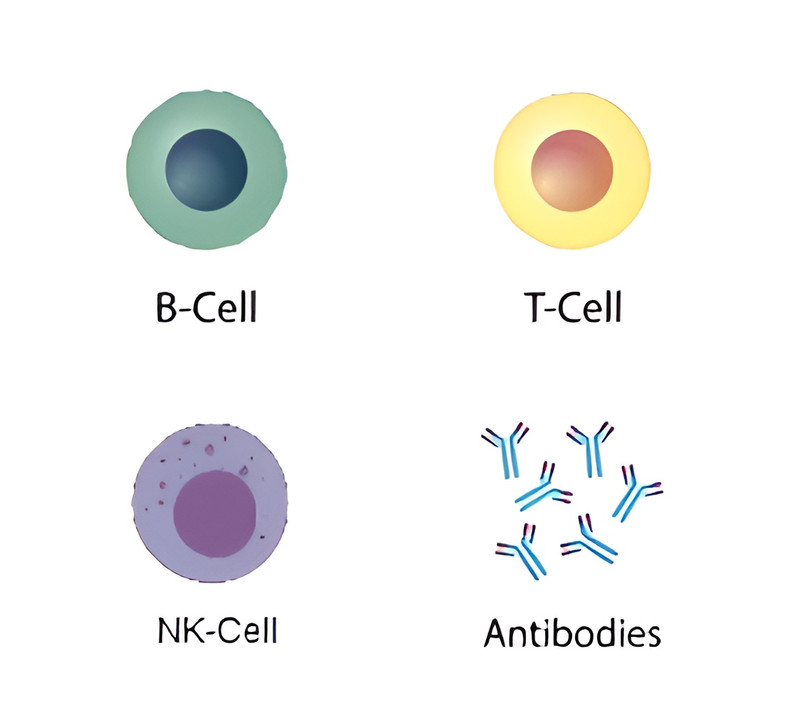
The T-cell is a type of white blood cell. T-cells are part of the immune system and develop from stem cells in the bone marrow. The T-cells destroy the body's own cells that have themselves been taken over by viruses or become cancerous. Memory T-cells form an essential part of immunological memory, which can last for years or even a lifetime.
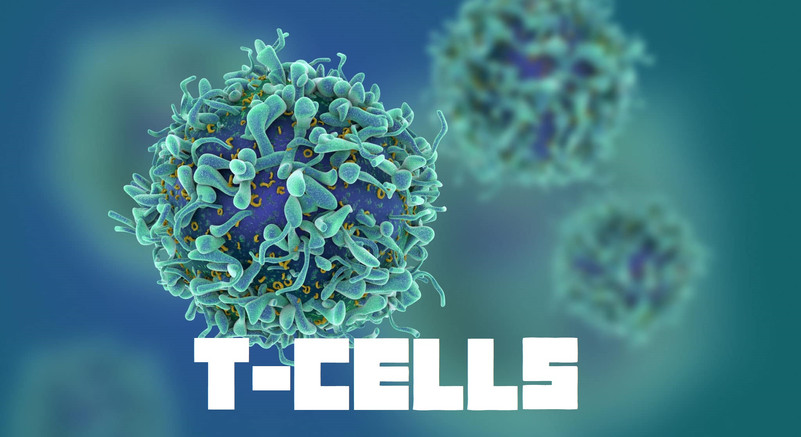
Generally, B-cells are a key regulatory cell in the immune system and the B-Cells are a type of white blood cell that makes proteins called antibodies. B-Cells are part of the immune system and develop from stem cells in the bone marrow. They are used to attack invading bacteria, viruses, and toxins. Memory B-cells lifespan can survive for decades.

Natural killer cells (NK-cells) are white blood cells that destroy infected and diseased cells, like cancer cells. NK-cells are called “natural” killers because they can destroy potential threats without prior exposure to a particular pathogen. NK-cells develop from stem cells inside bone marrow and this is where these NK-cells are mainly located within the body. NK cells are short lived, with an average life span of 2 weeks.
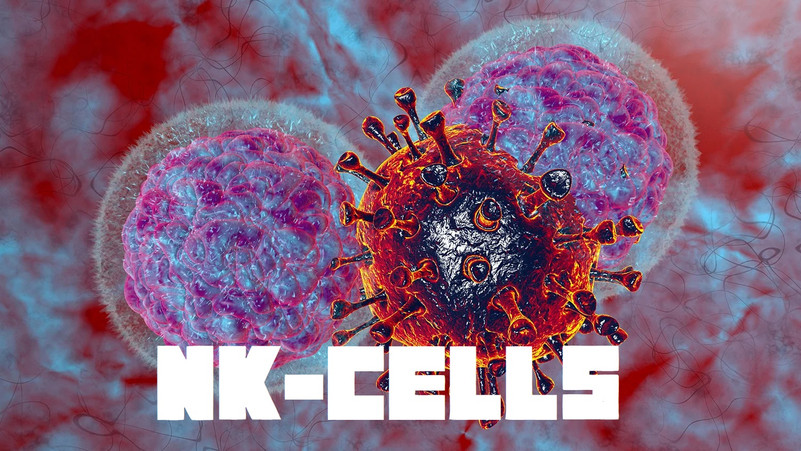
The antibodies are created from B-Cells. An antibody is a protein component of the immune system that circulates in the blood, recognizes foreign substances like bacteria and viruses, and neutralizes them. After exposure to a foreign substance, called an antigen, antibodies continue to circulate in the blood, providing protection against future exposures to that antigen. Antibodies can recognize virtually any size antigen with diverse chemical compositions from molecules. Antibodies have a workable half-life in excess of 10 years.
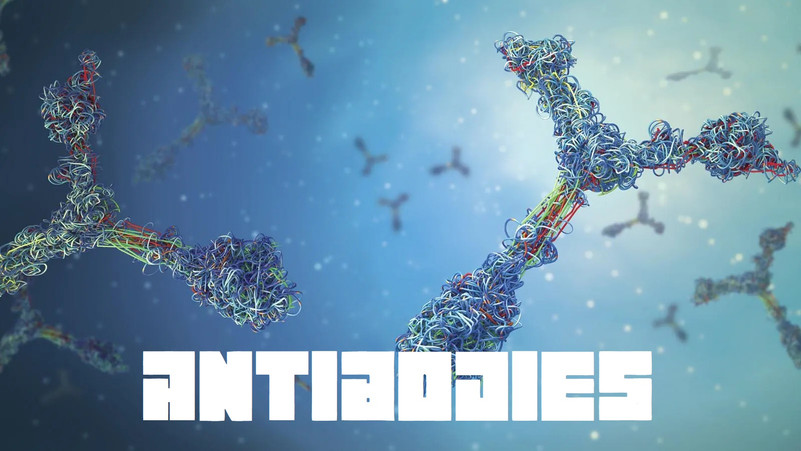
Most immunization until recently had live virus material that causes the antigen responce although modern progress has been made with mRNA vaccines that generate the immune system antigen reaction from the specific virus as an empty shell thereby very safe for use and the negative press is only from pundits wanting to make a dollar.
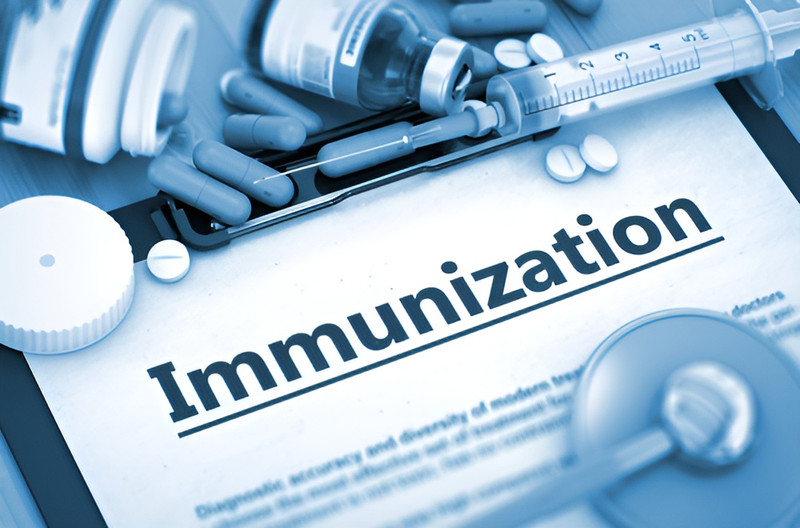
In molecular biology, messenger ribonucleic acid (mRNA) is a single-stranded molecule of RNA that corresponds to the genetic sequence of a gene, and is read by a ribosome in the process of synthesizing a protein and mRNA is created during the process of transcription, where an enzyme converts the gene into transcript mRNA.
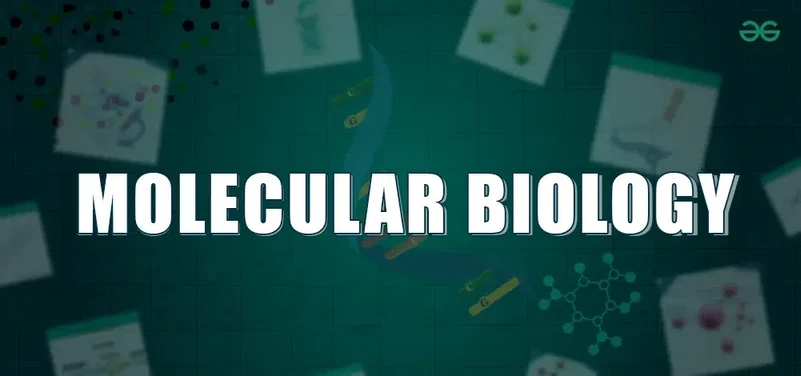
In vitro transcription is a fundamental technique in molecular biology. This process involves the synthesis of RNA molecules from a DNA template in a controlled laboratory environment, outside of living cells. It enables the production of custom-designed RNA sequences for several critical research applications.
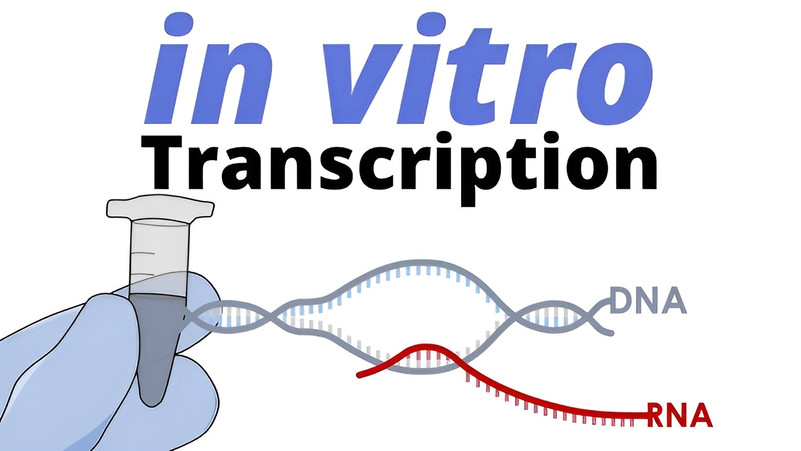
They say in the video below that the vaccine it is lipid nanoparticle mRNA of the spike protein to deliver RNA information to the cell whereby they laser encode messenger RNA protein expression into the lipid nanoparticle and teaches the body to fight cancer so maybe all that what was added was health software
As this research paper points out, the theoretical maximum data storage of DNA is about 455 exabytes per gram and the DNA weight loading of silica sphere DNA storage is increased to 3.4 wt%.
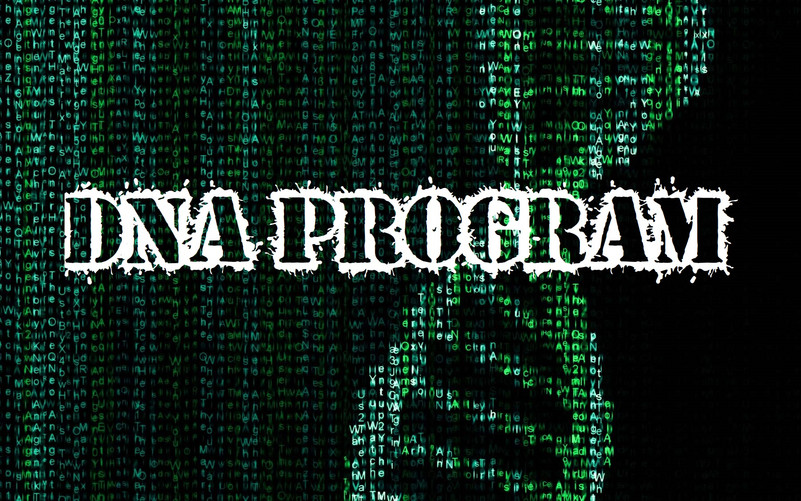
3.4 wt% means 3.4kg of DNA penetration in the body and 455 Petabytes at one gram of DNA multiplied 34,000 grams is 15.47 zettabytes of storage size minus previous genetic information for they said dissolvable silica lipid nanoparticles laser coded with mRNA at size of 180–200 kDa, the spike protein is the main antigen component in all structural proteins of SARS-CoV-2 vaccine.
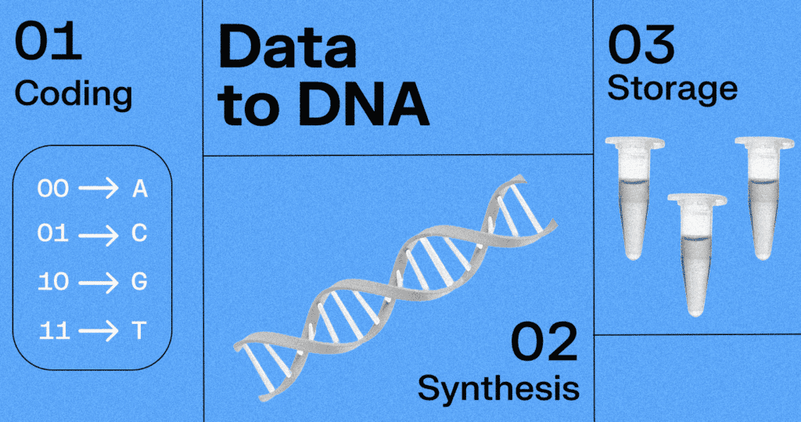
Dalton (Da) is an alternate name for the atomic mass unit, and kilodalton (kDa) is 1,000 daltons. Thus a protein with a mass of 64 kDa has a molecular weight of 64,000 grams per mole for example. The vaccine 180–200 kDa per gram is 5.405 kilobytes multiplied 3.4 wt% or 3.4kg, 34,000 grams is 183,770 kilobytes that's 183 megabyte mRNA code from the Covid 19 Pfizer vaccine.
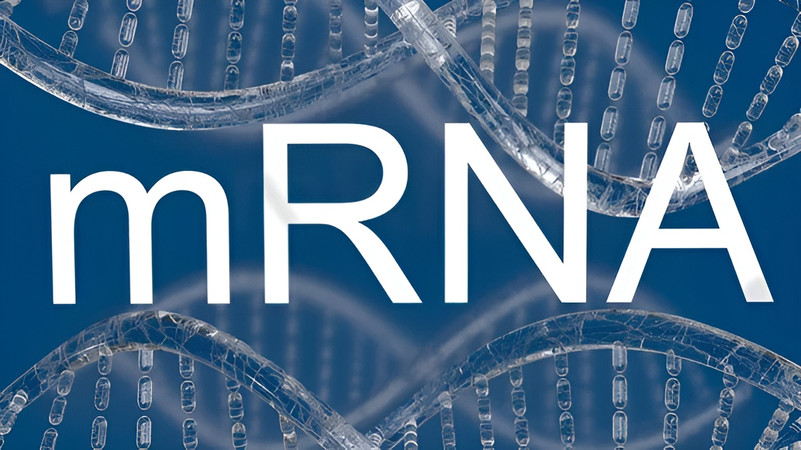
I'm hundred percent not worried about the vaccine as the internet is saying silica lipid nanoparticle spike protein is a cell dissolvable sequence that membrane copy's the RNA code of a file size of 5.405 kilobyte mRNA sequence it's really not that big I think it's only script generated two and a half page text file. The small data size the vaccine is I'm really not worried about paranoid fears of 5 kilobyte file, 50 base pairs, 40,000 nucleotides hence all the protests about anti-vax are really just anti-science.
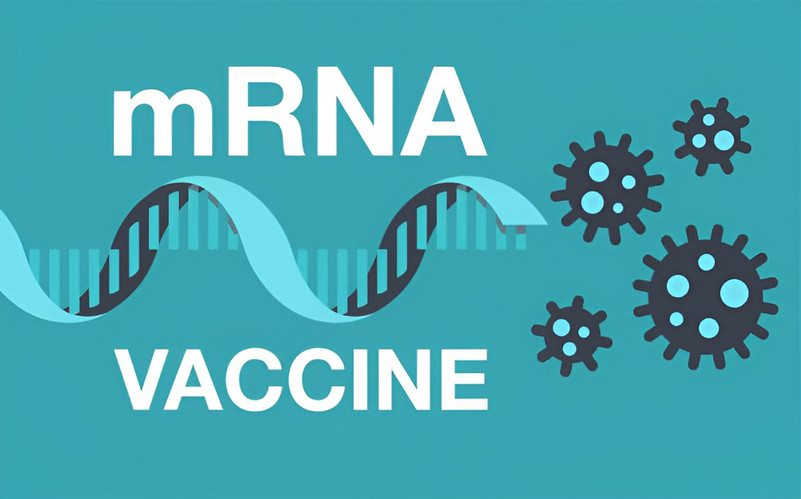
3.4 wt% the vaccine is, that's 3.4kg penetration at 200 kDa of molecular data equals 5.405 kilobyte sequence with 50 base pairs per lipid nanoparticle spike protein and the persons cell that information the membrane copy's and codes the protein in response so this big hype about a very small 5.405 kilobyte file that's too small to be a program why everyone is freaking out not really looking into the data of silica lipid nanoparticle molecule data size to figure out what it does whereby the lipid nanoparticle spike protein is 5.405 kilobytes with 50 base pairs totaling a 40,000 nucleotides using 183 megabyte copied to the humans 3 billion DNA base pairs and average 400 quad zettabyte of body's data storage being used for cause it's just such a small RNA sequence and sure it probably is a masterpiece of programming RNA that's composed of four nucleotides: adenine (A), guanine (G), cytosine (C), and uracil (U) with silica, lipids etc. made with multiple methods except it's just so small when you really look into the vaccine I'm actually curious if the spike protein could be reverse sequenced to find out what the fuss about a little lipid nanoparticle spike protein that's 5.405 kilobytes.
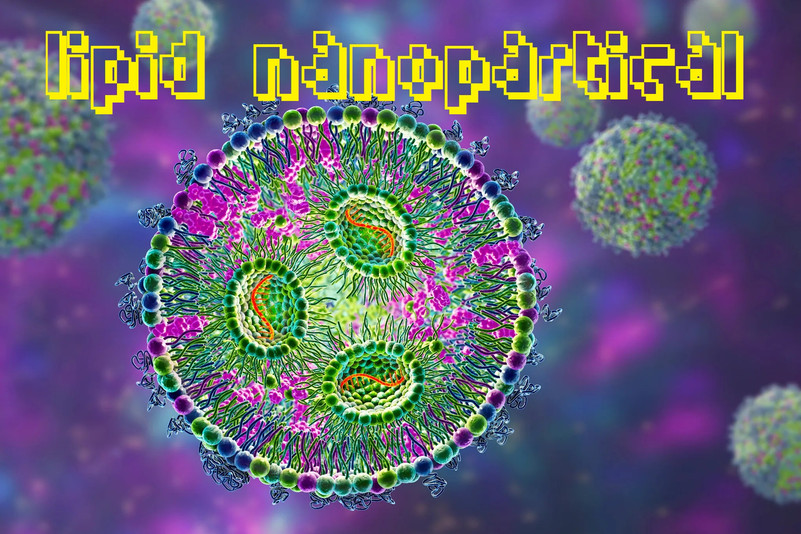
First 500 characters of the BNT162b2 Covid 19 Pfizer vaccine mRNA. 4284 characters of genetic code and "the actual content of the vaccine is just over 5 kilobytes" BNT162b2 the protein consists of a nucleoside-modified RNA, contained within a lipid nanoparticle, the modRNA sequence of the vaccine protein is 4,284 nucleotides, the actual informational content of the vaccine is just over a kilobyte. SARS-CoV-2 itself weighs in at around 30 kilobytes. BNT162b2 mRNA Covid vaccine builds spike protein antibodies upon immune response to the virus they say.
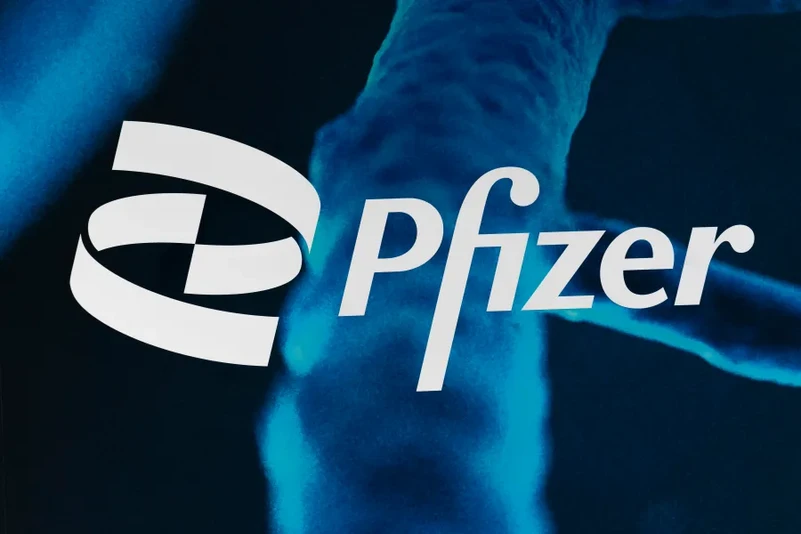
These nucleoside-modified mRNA molecules use of α-globin or β-globin UTRs has been a standard approach in mRNA vaccine design due to their high stability, mRNA vaccines constitute a subtype of nucleic acid vaccines and in nature, A, C, G and U/T are molecules, stored as chains in DNA (or RNA) these messenger RNA (mRNA) vaccines lipid nanoparticle membrane is what enters the cell and copies the protein expression and lipid is just a type of fat molecule that encapsulates the BNT162b2 and mRNA-1273 mRNA single strand sequences for SARS-CoV-2 spike (S) glycoprotein forms a trimer that binds to angiotensin converting enzyme and mediates cell entry then cell membrane complex multiprotein/RNA machines called ribosomes can decipher the genetic code in the mRNA sequence, and use that information to make one of any of the tens of thousands of different proteins and delivered mRNA uses the host cell translation machinery to produce the S protein of the virus and activate the immune system and store cell memory however, antigen expression is not the final aim for assessing the effectiveness of a vaccine. The capability to induce cellular immunity (T cell activation) may better reflect whether an immune response directed against the S protein will be protective, being a requirement to eradicate the intracellular SARS-CoV-2 reservoir, however, both the mRNA-1273 (Moderna) and BNT162b2 (Pfizer) vaccines induced in the inoculated participants the production of similarly high dose-dependent neutralizing antibody titers against SARS-CoV-2 is activated by something called a signal peptide memory and this sequence tells the cell that the protein the signal is attached to should be shuttled out of the cell for foreign recognition and immune system response.
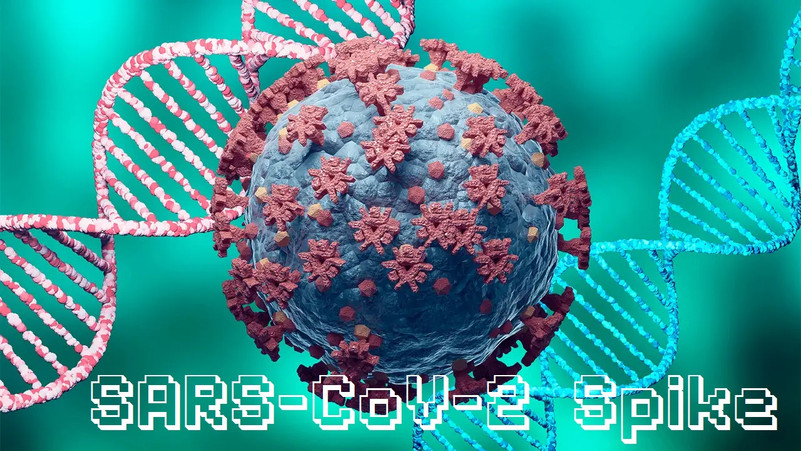
The vaccine is legitimate as the vaccine is one page with 4284 letters or base pairs on it, just over 5 kilobyte and human DNA has over 3 billion letters or base pairs 700 megabyte and so the vaccine is so small data wise I'm really not to worried because they only put immunity instructions into it.
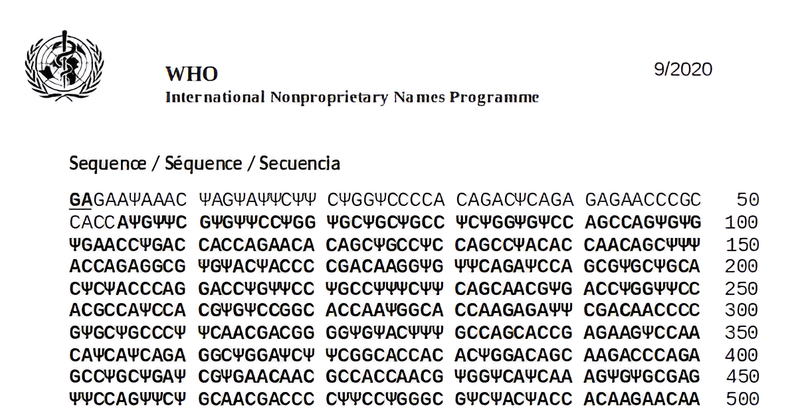
One page with A, C, G, U/T letters on it that's all it is. So if you want to learn to sequence genetic code then you could read that one page of instructions that tells the host cell to build the Covid 19 spike protein considering biotech can genome sequence DNA to get the code to make a vaccine that only saves immune response into preexisting memory cells DNA that live for decades as does any traditional vaccine.

What's new is the genetic RNA instructions to form a peptide protein from immune T-cells DNA memory from vaccine to build antimicrobial peptide proteins that removes the coronavirus from the cell as a foreign body for response instead of immune systems T-cells killing all infected cells and the person gets very sick could die with that process.
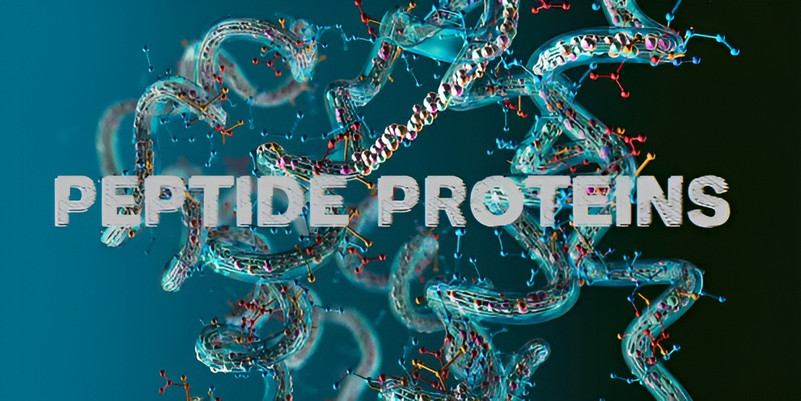
An amazing feature of your immune system is that it remembers the infections it has fought. This makes it much easier to fight the same virus or bacteria a second, or third, or fourth time. Toward the end of each battle to stop an infection, some T-cells and B-cells turn into Memory T-cells and Memory B-cells.
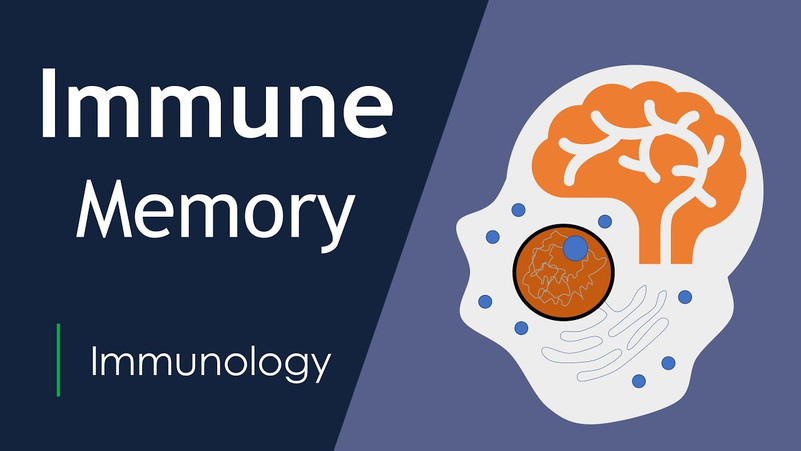
A peptide is a short chain made up of two or more amino acids. The amino acids are linked by a chemical bond called a peptide bond. When organized in complex structures (typically consisting of 50 or more amino acids), peptides then become proteins. Peptides are naturally occurring biological molecules. Peptides are found in all living organisms and play a key role in all manner of biological activity. Like proteins, peptides are formed (synthesized) naturally from transcription of a sequence of the genetic code, DNA.
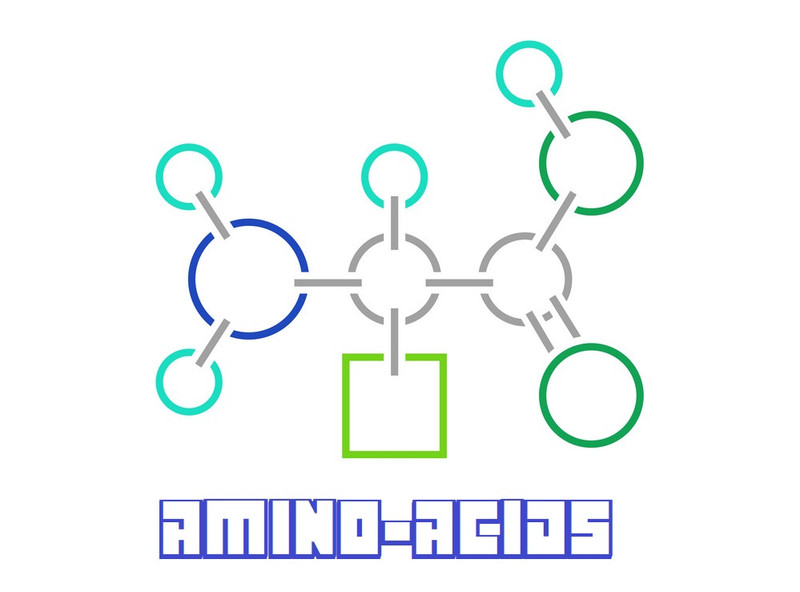
Antimicrobial peptides and proteins (AMPs) are a diverse class of naturally occurring molecules that are produced as a first line of defense by all multicellular organisms. These proteins can have broad activity to directly kill bacteria, yeasts, fungi, viruses and even cancer cells.

The advantages of antimicrobial peptides (AMPs) "Moreover, these peptides are more efficient than traditional antibiotics. They display their advantages over the conventional antibiotics with the broad-spectrum antibacterial, antifungal and antivirus activities" "Furthermore, these AMPs are safe with no toxic side effects or less, and hard to induce bacterial drug resistance compared to the conventional antibiotics". "Moreover, these peptides displayed their inhibitory ability to cancer cells . "They promote the proliferation of helper T cells and the production of chemokine in these T cells"
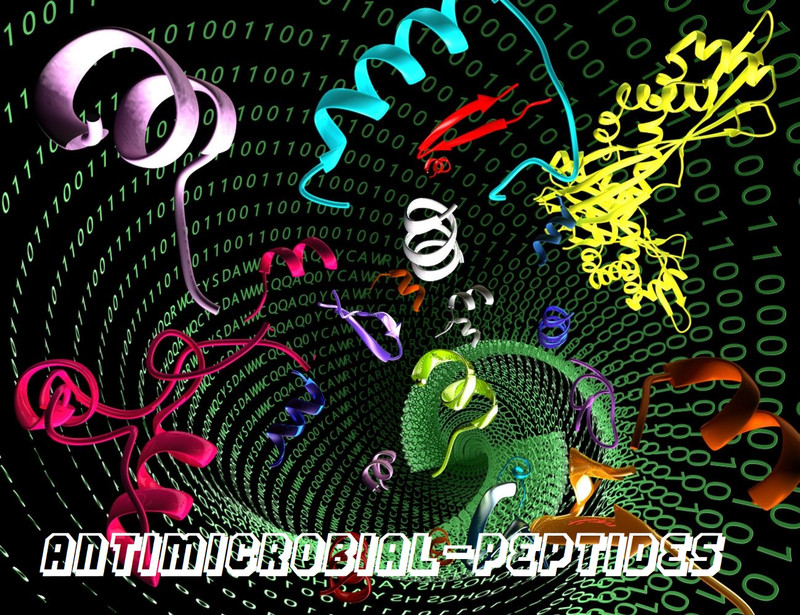
First, Messenger RNA (mRNA) vaccine genome is introduced in the host cell using nucleoside-modified messenger RNA (modRNA) for immunity against the SARS-CoV-2 spike protein not just RNA immunity so instructions (A, C, G and U/T) are encoded into a protein encapsulated in lipid nanoparticle fat molecule and the mRNA single strand sequences and SARS-CoV-2 spike (S) glycoprotein that mediates cell entry then cell membrane complex multiprotein/RNA machines called ribosomes decipher and read the genetic code in the mRNA sequence and then the cell nucleus uses that information to make the S protein of the virus as the process of making mRNA proteins from DNA is called transcription, and it occurs in the cell nucleus performed by enzymes called RNA polymerases, which link nucleotides to form an RNA strand (using a DNA strand as a template).
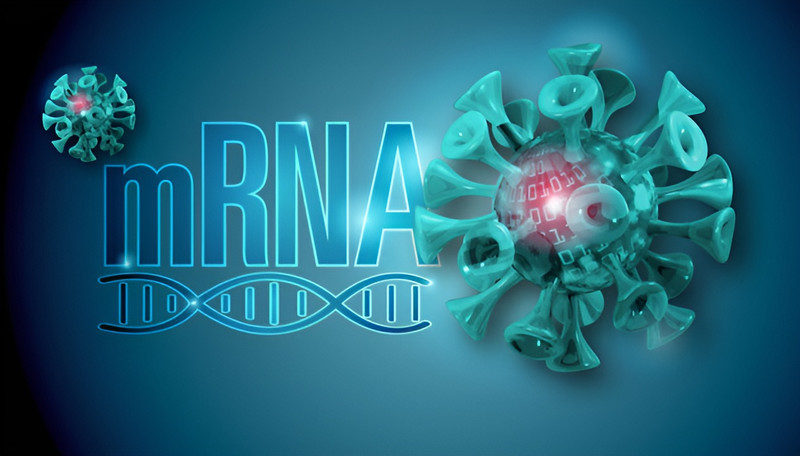
Second, after the cells produce the SARS-CoV-2 spike protein antigen it triggers RNA-sensing receptors, the transmembrane TLRs recognize RNA in the endosome and since the spike protein mRNA is not an RNA encoded by one of own genes, it is recognized as foreign and targeted by the cellular immunity because at the beginning of the RNA code for the spike protein, there’s a special sequence that encodes something called a signal peptide, this sequence tells the cell that the protein the signal is attached to should be shuttled out of the cell, that activates DNA to transcribe an antibiotic peptide used to remove the vaccine mRNA code from the plasmid membrane before the virus corrupts the nucleus and once it’s out there, the immune cells recognize the secreted spike protein as foreign, and the immune response begins and the cell triggers the release of chemicals by foreign bodies, antigens, damaged cells, inflammation, and changes in blood supply to an area of damage which attract white blood cells as the immune system can be categorized as lymphocytes (T-cells, B-cells and NK cells) these are all types of white blood cells, one type of T cell is called a cytotoxic T cell because it kills cells that are infected with viruses with toxic mediators, cytotoxic T cells have specialized proteins on their surface that help them to recognize virally-infected cells.
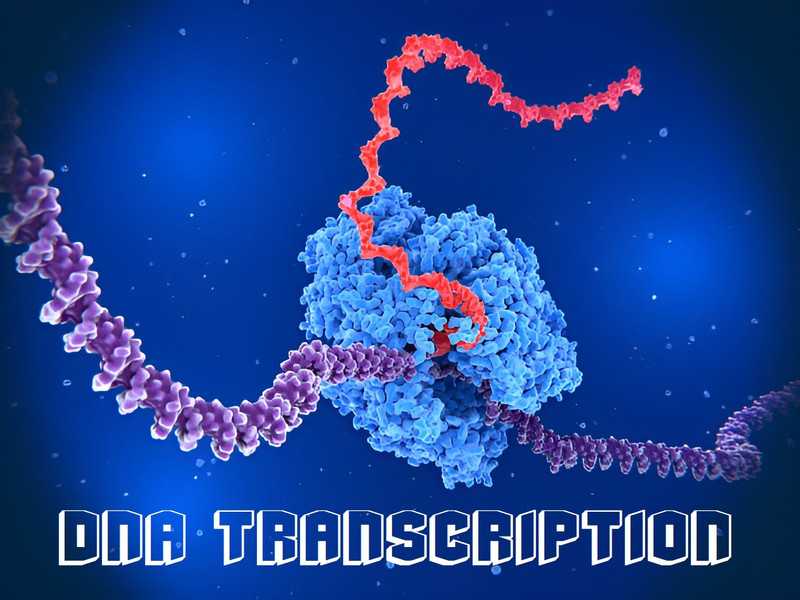
Third, some immune system antigen-specific lymphocytes T-cells and B-cells turn into Memory T-cells and Memory B-cells after vaccine reaction the memory plasma cells are located in the bone marrow which is the main site of antibody production within the immunological memory so that antigen can be removed from the body by antibodies before they even get the chance to infect a cell. Antibodies are proteins that specifically recognize invading pathogens and bind (stick) to them. This binding serves many purposes in the eradication of the virus, they help eliminate disease-causing microbes from the body, for instance by directly destroying them or by blocking them from infecting cells as antigen expression is not the final aim for assessing the effectiveness of a vaccine. The capability to induce cellular immunity (T cell activation) may better reflect whether an immune response directed against the S protein will be protective, being a requirement to eradicate the intracellular SARS-CoV-2 reservoir.
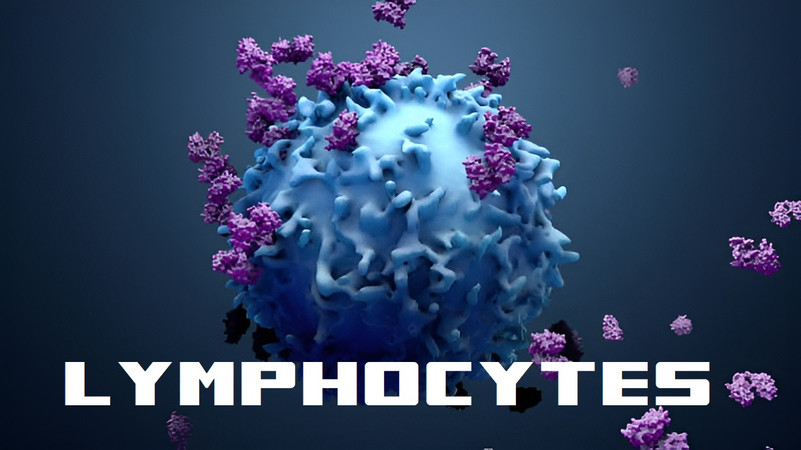
I have read the vaccine is coded so at the end of the transcribing sequence once delivered mRNA code and read by the nucleus ribosome triggers from code a cell defense peptide protein to be made by cell nucleus that binds to lipid nanoparticle encapsulated covid-19 mRNA spike protein strand sequence from within the cell membrane body and removes it from the cell then releases chemical signal for T-cell to destroy the mRNA vaccine spike protein as identified cell intruder the immune systems (T-cell antibodies, live for decades) remembers the spike protein mRNA from previous binding to future bind to covid-19 virus before it even enters cell and mark for destruction effectively doctors would see less cells making the spike protein every vaccination because more T-cells and B-cells would have memory and it's not the cell nucleus DNA that memorizes the immunity it is antibodies T-cells and B-cells that live for decades and they only remember the covid-19 viruses spike protein on it's outside of the viral envelope that it uses to bind to cells and enter inside them and also the T-cells stimulate new antibodies, also it doesn't continue producing spike proteins endlessly cause the vaccine is coded at the end of the sequence for the cell nucleus DNA in reading and transcribing new mRNA proteins to build a peptide protein that removes the nanoparticle spike protein for destruction that is the programmed immune system response is T-cells antibodies memory of the spike protein so prevention before actual infection from real covid-19 virus binds to the cell with spike protein and enters the cell membrane where the virus RNA modifies the cell nucleus DNA to continue producing covid-19 virus membranes once infected and must be destroyed by the immune system so people get sick when the red cell count drops in the body from virus and immune response from the real deal vaccination is why so many people use to get sick from the old flu jab vaccine is because it's the real thing.
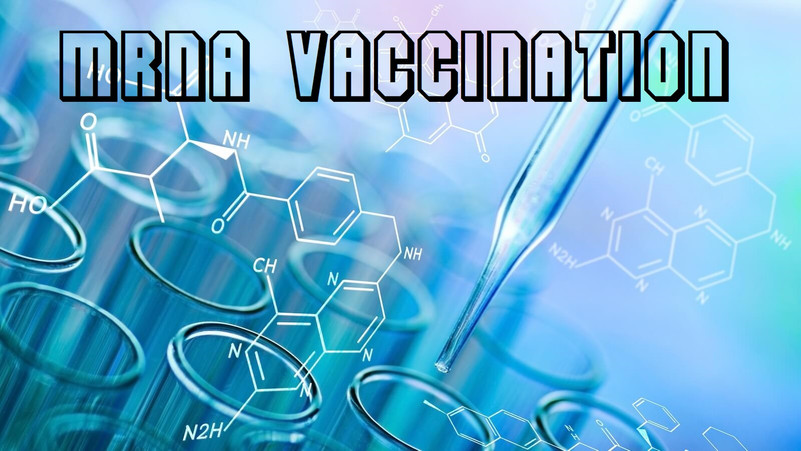
The team studied samples from 47 people vaccinated with the Johnson & Johnson or Pfizer-BioNTech vaccines. They measured CD4+ T cell and CD8+ T cell responses to the original SARS-CoV-2 strain and the Delta and Omicron variants after one month and again eight months following final vaccination. They found that CD4+ and CD8+ T cell responses were more than 80% preserved compared to the response to the original strain of the virus.
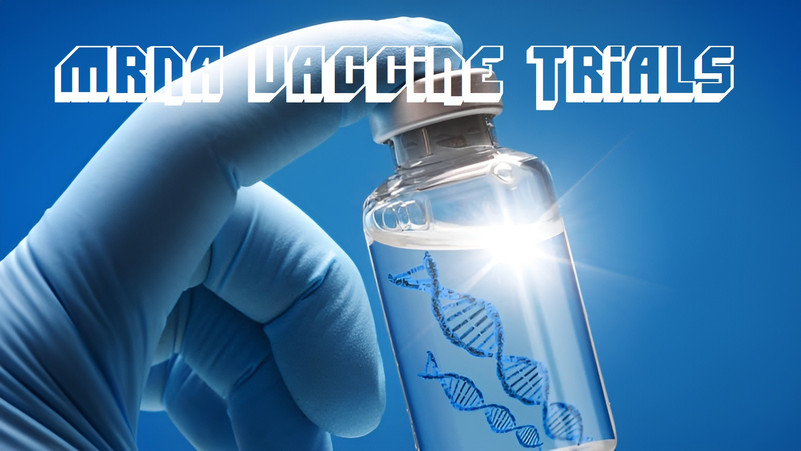
And because memory T-cells and memory B-cells live for decades they hold that SARS-CoV-2 spike protein and variants epitope gene sequences, also known as antigenic determinant, is the part of an antigen that is recognized by the immune system, specifically by antibodies, B cells, or T cells. The epitope is the specific piece of the antigen to which an antibody binds. The part of an antibody that binds to the epitope is called a paratope.
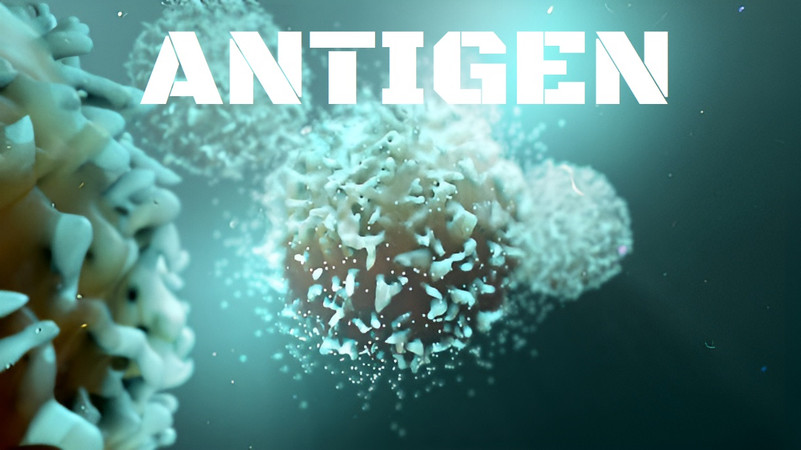
They observed substantially fewer memory B cells and neutralizing antibodies in the blood of people 6 months after vaccination. Memory B cells help to quickly produce antibodies against previously encountered viruses or other pathogens. Having fewer neutralizing antibodies increases the risk of “breakthrough” infections—when vaccinated people are reinfected.

In contrast to antibodies, the team found that T cell responses from the mRNA vaccines recognized all variants, including Delta and Omicron. The majority of T cell responses remained effective against Omicron. Six months after vaccination, 84% of CD4+ (helper) T cell responses and 85% of CD8+ (killer) T cell responses against Omicron remained the same compared to early variants.
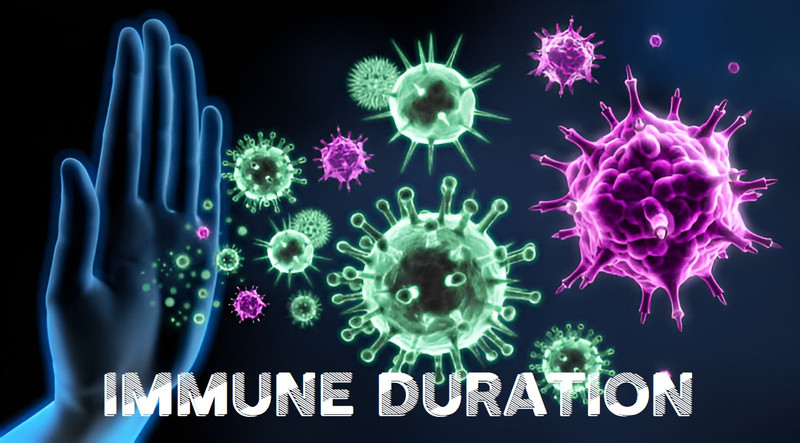
I trust the Covid vaccine as it's 5 kilobyte immune code that's keeping me safe I'm double vaxxed against a 30 kilobyte coronavirus that is deadly. And perhaps the immune system activation requires a supply of electrons to activate immune reaction that would mean vaccines prime the response.
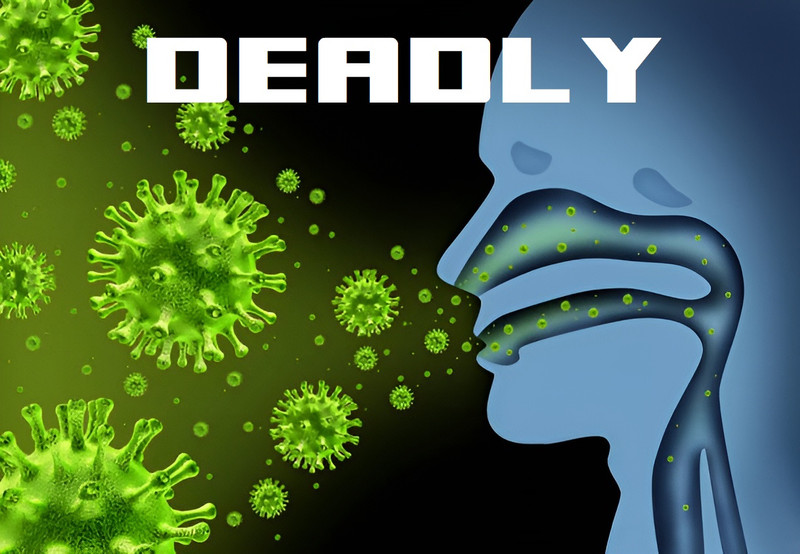
Therapeutic mRNA cancer vaccines consist of specific antigens combined with another immune system trigger called an adjuvant and these cancer vaccines can stop a tumor from growing or spreading and destroy cancer cells in the body.
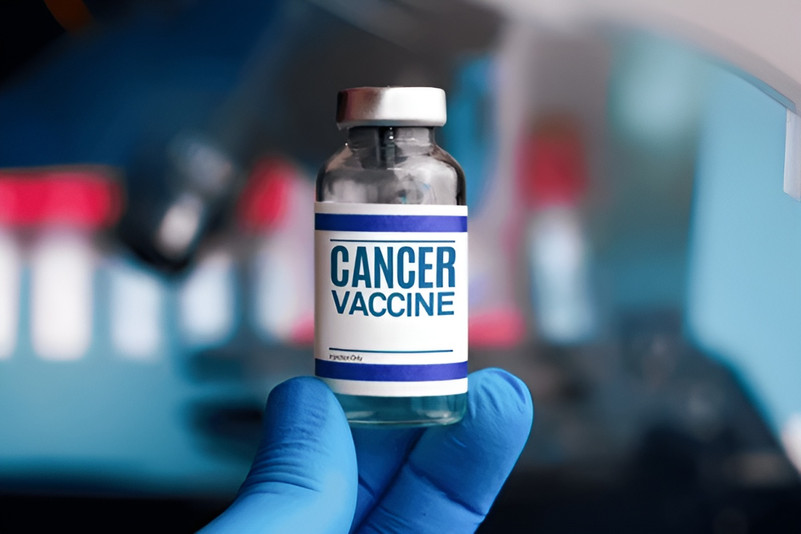
The mRNA cancer vaccines work from an individuals tumor sample taken from and then sequenced to identify tumor-associated antigens or tumor neoantigens. Once the most immunogenic antigens are selected, they can be designed into mRNA sequences that can encode into the specific antigens selected. The mRNA sequence is usually encapsulated by lipid nanoparticles, which are then injected into the patient; it is then translated to create the tumor-associated antigens and tumor neoantigens to stimulate an immune response.
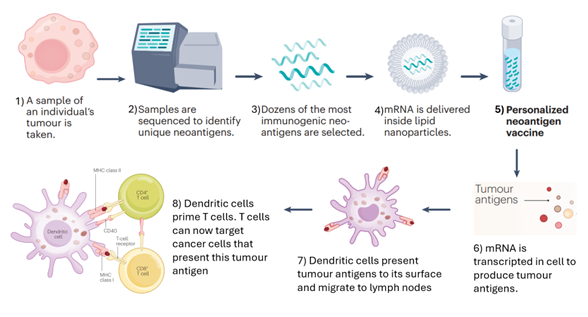
There is a LinearDesign AI tool that optimizes the gene sequences found in mRNA vaccines and is revolutionizing how vaccines are created and this approach has resulted in vaccines that generate antibody responses up to 128 times greater than traditional methods where this remarkable efficacy is attributed to increased stability of the mRNA sequence which maintains its integrity longer due to its folded, DNA-like structure. The core function of LinearDesign lies in its ability to analyze and restructure mRNA sequences, enabling them to form stable, double-stranded segments through a process akin to context-free grammar parsing in computational linguistics. This structural reconfiguration of mRNA molecules is achieved by algorithmically determining the most stable configurations of nucleotide sequences, allowing the mRNA to loop back on itself and form intramolecular double-stranded structures. These structures are critical in enhancing the thermal stability of the mRNA strands, thereby increasing the vaccine half-life.

This AI tool developed can create mRNA sequences for vaccines that are more stable than usual and therefore can elicit a stronger immune response. It starts with a sequence full of floppy loops (orange) and after about 10 minutes has output in which the mRNA folds onto itself to form many more-rigid, double-stranded regions (blue).
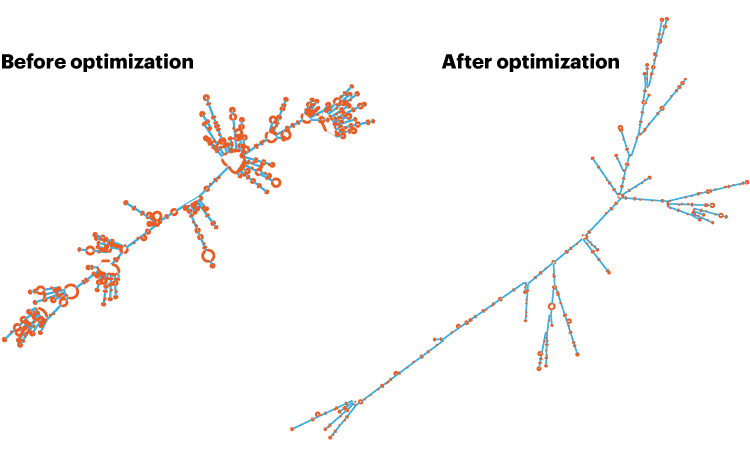
In plants, the most prevalent internal mRNA modifications, m6A and m5C, play crucial and dynamic roles in many processes, including embryo development, stem cell fate determination, trichome branching, leaf morphogenesis, floral transition, stress responses, fruit ripening, and root development. Future research into plant mRNA modification to increase crop yield provides a much more safer way than genetically modified organisms (GMO) which modifies the DNA sequence.
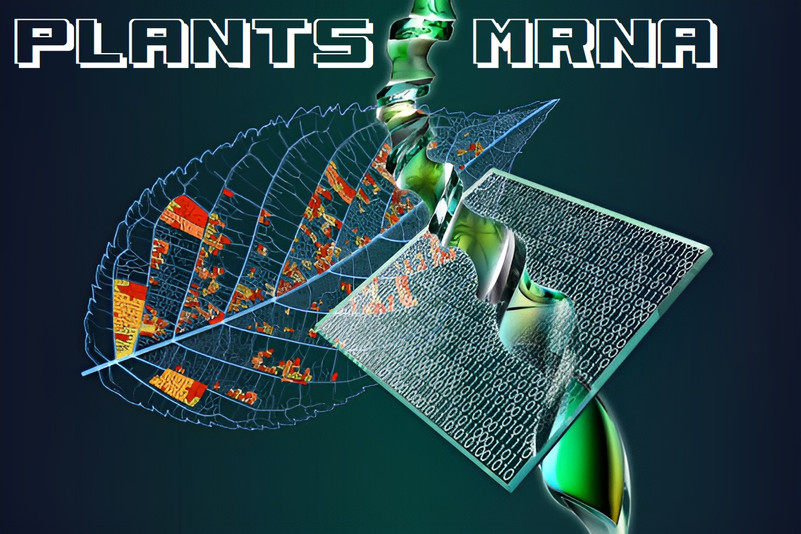
The immune system is a complex and dynamic network comprising various organs, cells, and proteins that work in unison to defend the body against infections while safeguarding its own cells. This intricate system keeps a meticulous record of every microbe it has ever defeated, enabling it to recognize and eliminate these pathogens swiftly if they re-enter the body. Central to this defense mechanism are T-cells, B-cells, NK cells, and antibodies. T-cells, which develop from stem cells in the bone marrow, are adept at destroying the body's own cells that have been compromised by viruses or have become cancerous. Memory T-cells, a subset of T-cells, play a critical role in immunological memory, lasting for years or even a lifetime. B-cells, also originating from bone marrow stem cells, produce antibodies that target and neutralize invading bacteria, viruses, and toxins. Memory B-cells, which can survive for decades, ensure a rapid response upon re-exposure to the same pathogen. NK cells, or natural killer cells, are unique in their ability to destroy infected and cancerous cells without prior sensitization to the pathogen, although they have a shorter lifespan of about two weeks. Antibodies, produced by B-cells, circulate in the blood, identifying and neutralizing foreign substances. They provide long-lasting protection, with some antibodies remaining effective for over ten years. Modern advancements, such as mRNA vaccines, have revolutionized immunization by using lipid nanoparticles to deliver RNA sequences that instruct cells to produce viral proteins, thereby eliciting an immune response without the need for live virus material. This method has proven to be highly effective and safe, debunking misinformation about its potential risks. The immune system's ability to remember and respond more efficiently to previously encountered pathogens underscores its remarkable adaptability and resilience, making it a vital component of our overall health and well-being.

